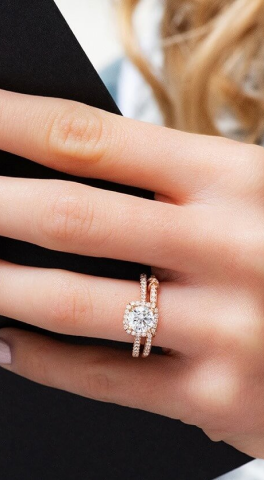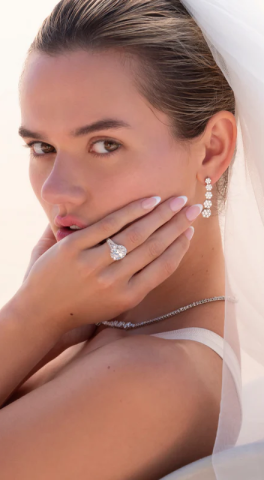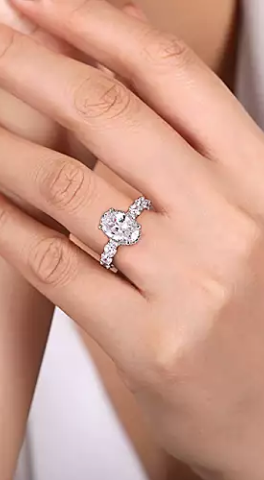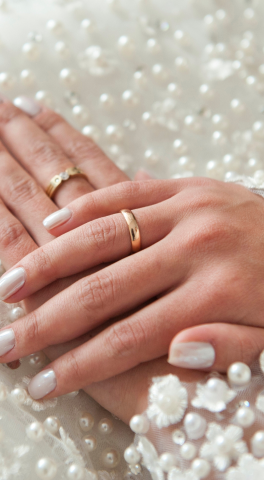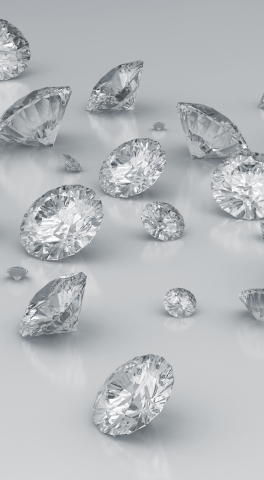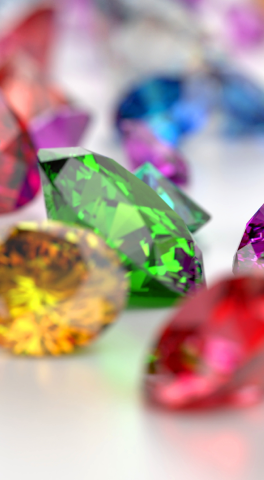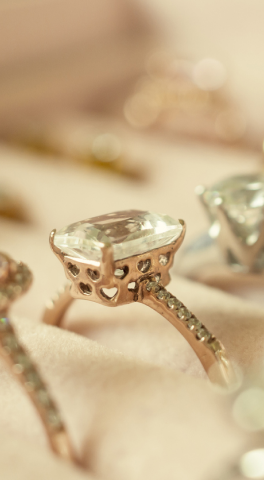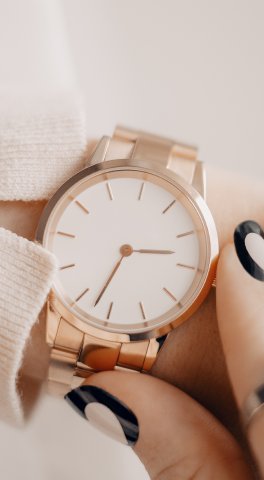Essential Guide To The 4C’s of Diamonds
The importance of mastering the 4C’s of diamonds
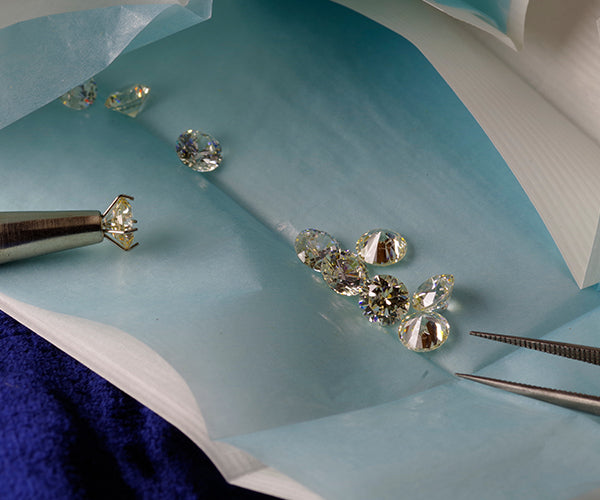
When it comes to diamonds, getting the best quality depends on the evaluation of certain aspects. The Gemological Institute of America (GIA) identifies four essential factors, commonly known as the 4C’s, that significantly contribute to a diamond's superior quality. These key elements are color, clarity, cut, and carat weight, and they must be carefully observed when assessing a diamond's value.
It's worth noting that these four terms are interconnected, and a change in one can impact the others. Therefore, you should consider all four when making your choice. Additionally, other factors such as fluorescence, symmetry, and polish can also impact a diamond's overall appearance and value.
Moreover, mastering the 4C’s of diamonds can guarantee you will make a smart decision. By considering each of these key factors and understanding how they impact the diamond's value, you can ensure that you're making an informed investment and getting the most value for your stone.
What is the most important of the diamond 4C’s?
As mentioned, the 4Cs – cut, color, clarity, and carat weight – are the four essential components that determine a diamond's quality and value. Each of these factors plays a vital role in the stone's overall physical appearance and value. Therefore, each one is connected, so we would not recommend evaluating them separately.
At Peter Franklin, we understand that the 4C’s of diamonds can be overwhelming, especially when it comes to the intricacies of each aspect, which may not be easily visible to the human eye. Let’s go over each one of them, so you can start your journey of evaluating a diamond’s quality.

Cut: Essentially, the cut of a diamond determines how much light pierces the stone and how it refracts, resulting in that signature sparkle we all love. Additionally, the cut pertains to the diamond's angles and proportions as well. The quality of the cut can greatly impact the diamond's overall beauty and value, so that a high-quality cut will feature optimal brilliance and lavish fire.

Clarity: Clarity is determined by the presence of blemishes and inclusions, both internally and externally, within a diamond stone. The Gemological Institute of America (GIA) ranks clarity based on a scale ranging from Flawless to Included (I3).
In addition, a diamond's clarity grade directly impacts its brilliance and sparkle, as inclusions and blemishes can cloud the path of light and hinder its reflection, thus diminishing its overall aesthetic, and making it less appealing.
Clarity can be challenging to assess without the help of an expert, as blemishes and inclusions may not be visible to the untrained eye. That's why we recommend seekingexpert guidanceto ensure your gem meets all of your expectations.

Color: As for color, the GIA assesses it based on a scale ranging from D (colorless) to Z (light yellow or brown). Diamonds that fall within the D-F categories are considered colorless and are the rarest and most sought-after ones.
However, it's worth noting that diamonds can also come in a range of hues, including shades of yellow, brown, and even pink, blue, or green. These colored stones, also known as fancy diamonds, are rarer than colorless diamonds and can be even more valuable depending on the quality of the color and intensity.

Carat:The fourth and final C is the carat weight, a means of measuring the weight of the diamond. One carat is equivalent to 0.2 grams, and the weight is typically rounded to the nearest hundredth of a carat. So, larger diamonds are generally more valuable than smaller ones.
However, carat weight alone does not determine a diamond's worth. The other three Cs, cut, color, and clarity, also play a significant role in determining a diamond's quality. For example, a smaller diamond with outstanding cut, color, and clarity can be more valuable than a larger diamond with poor features.

